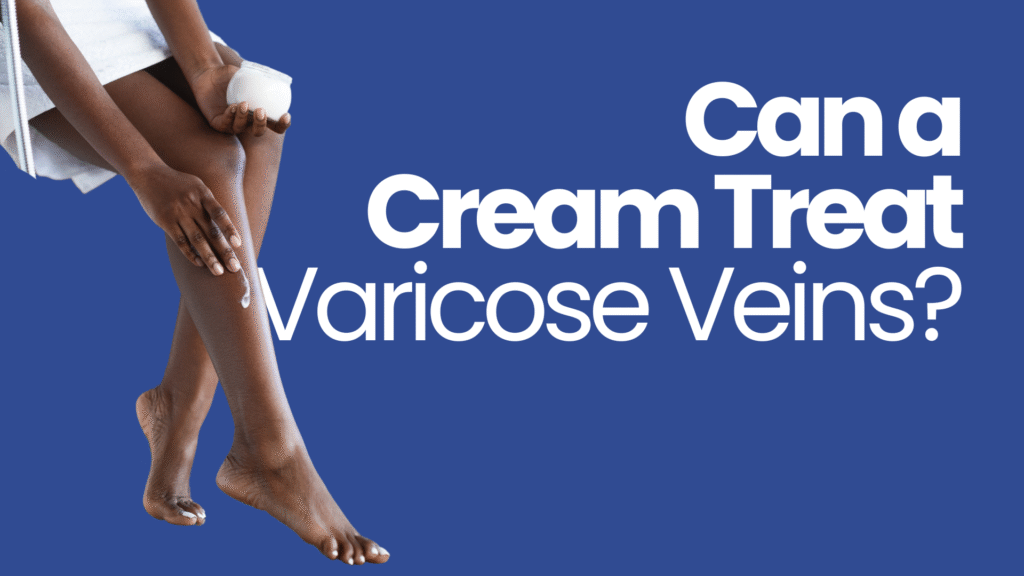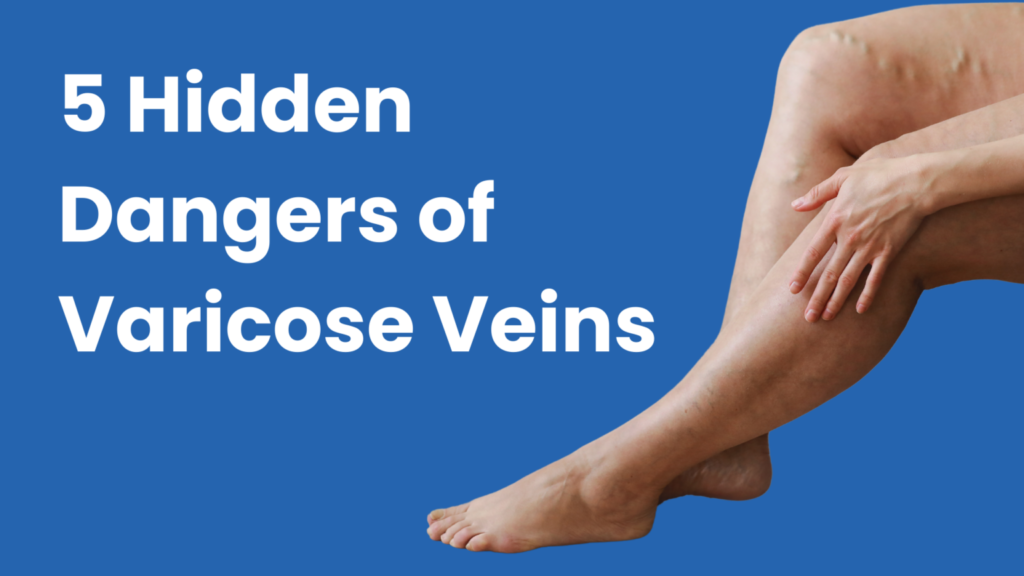You’re struggling with swollen legs or your legs feel sluggish and cramp easily. These are just a few signs of vascular issues that can leave you wondering whether working out is a good idea.
Dr. Ariel Soffer and our team at Soffer Health Institute want to start by pointing out that exercise is one of the best ways to improve the health of your blood vessels. No matter how uncomfortable it may be at first, any step you take through working out is a step well worth taking.
Let’s take a look.
Why exercise is good for your arteries and veins
The blood vessels in your body are divided into two categories:
- Arteries, which deliver blood from your heart to the rest of your body
- Veins, which deliver blood from your body back to your heart
The most common arterial issue in the United States is peripheral artery disease (PAD), which affects 6.5 million Americans who are age 40 and older. With PAD, your peripheral arteries become blocked by plaque deposits that hamper the flood of blood through these vessels.
To understand the role of exercise in arterial health, let’s take a quick look at the anatomy of your arteries. The walls of your arteries feature three layers: 1) The inner layer, or intima; 2) the middle layer, or media; and 3) the outermost layer, or adventitia.
The intima is made up of endothelial cells, which produce nitric oxide to keep your arteries open to allow optimal blood flow. When you exercise, you encourage the endothelial cells to produce more nitric oxide. As well, exercise encourages relaxation in the middle layer of your arteries, which is mostly muscle, which also helps with circulation.
Now, let’s take a look at why exercising for your veins is so beneficial. If you have chronic venous insufficiency, for example, the valves in the veins in your legs aren’t working properly, allowing blood to spill backward and varicose and spider veins to form.
When you exercise, you can beef up the muscles surrounding your veins, which can improve the circulation in your legs by helping to push the blood back up toward your heart and prevent pooling.
Exercising for better blood vessel health
Now that we understand why working out is so great for your blood vessel health, let’s take a look at how you should workout.
The American Heart Association recommends that everyone should get at least 150 minutes of exercise a week, no matter your cardiovascular status, and we agree with this assessment.
If you’ve led a sedentary lifestyle, we suggest that you start out slowly and stretch before you begin your workout. For example, calf stretches are great if you’re going to go for a walk or a run.
Once your muscles are limbered up, you can take to the street, trail, park, or even treadmill, at a pace that elevates your heart rate, but doesn’t cause you to gasp for air. In other words, a little huffing and puffing is good.
If you have PAD and you experience pain in your legs, stop after 5 minutes to rest and then pick up your walk again. Ideally, we want you to build up to at least 30-50 minutes of cardiovascular exercise 3-5 times per week. As you progress, the pain should subside as your blood vessels regain their health.
With each week, you’ll become fitter and you’ll be able to increase the intensity of your workout by adding some challenges, such as sprints (walking faster) or inclines. It’s important to always challenge your body a little so that your heart rate goes up.
After your workout, you should always stretch your muscles again.
If you want to combat venous issues through working out, we suggest the same routine above as it will help to strengthen your calf muscles. Adding hills or stairs is also great for increasing muscle strength in your lower legs.
If you’re just starting out, we suggest you come see us so that we can tailor a workout regimen that will best suit your vascular needs. To get started, contact one of our offices in Weston, or Aventura, Florida, to set up an appointment.



